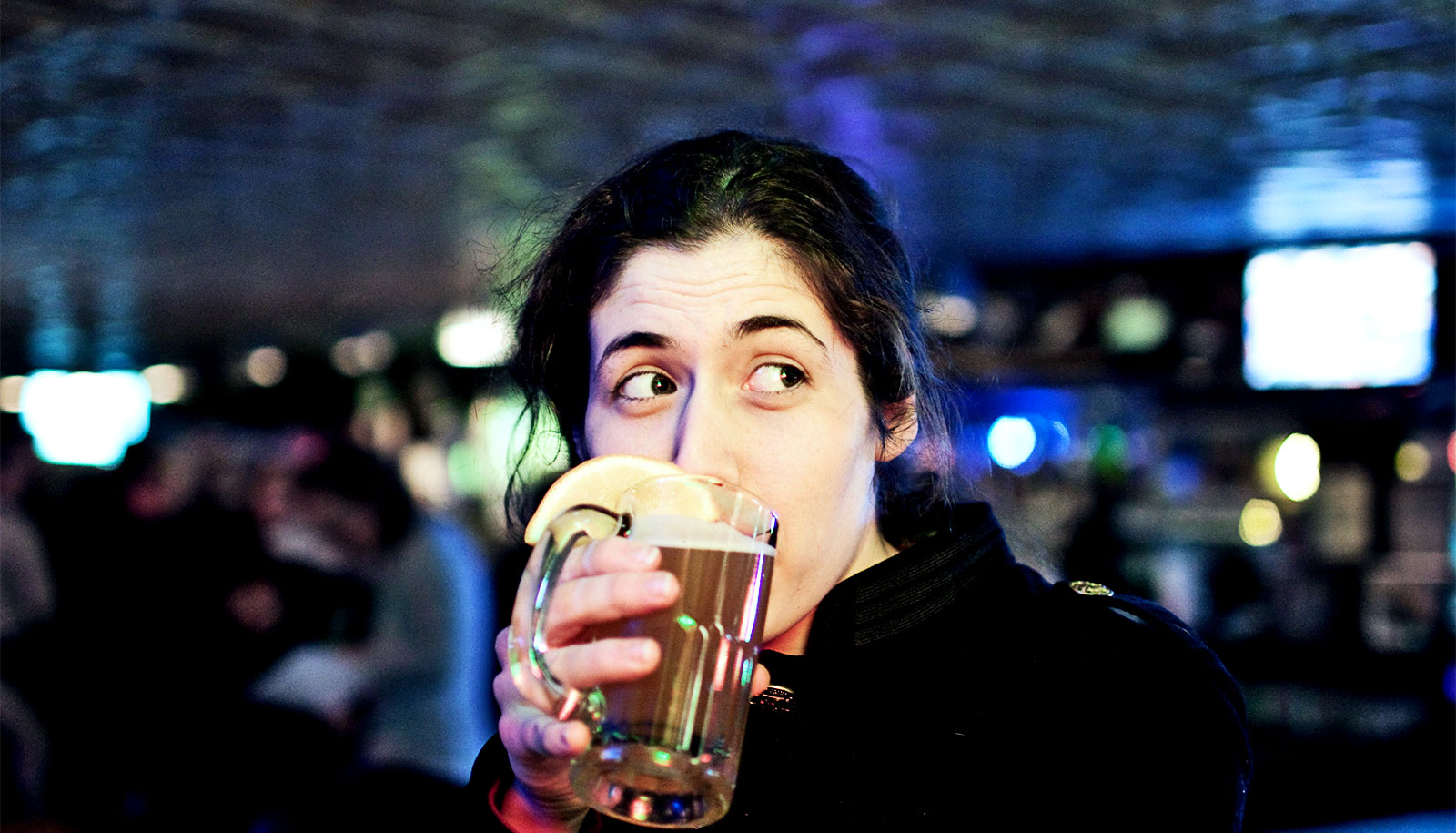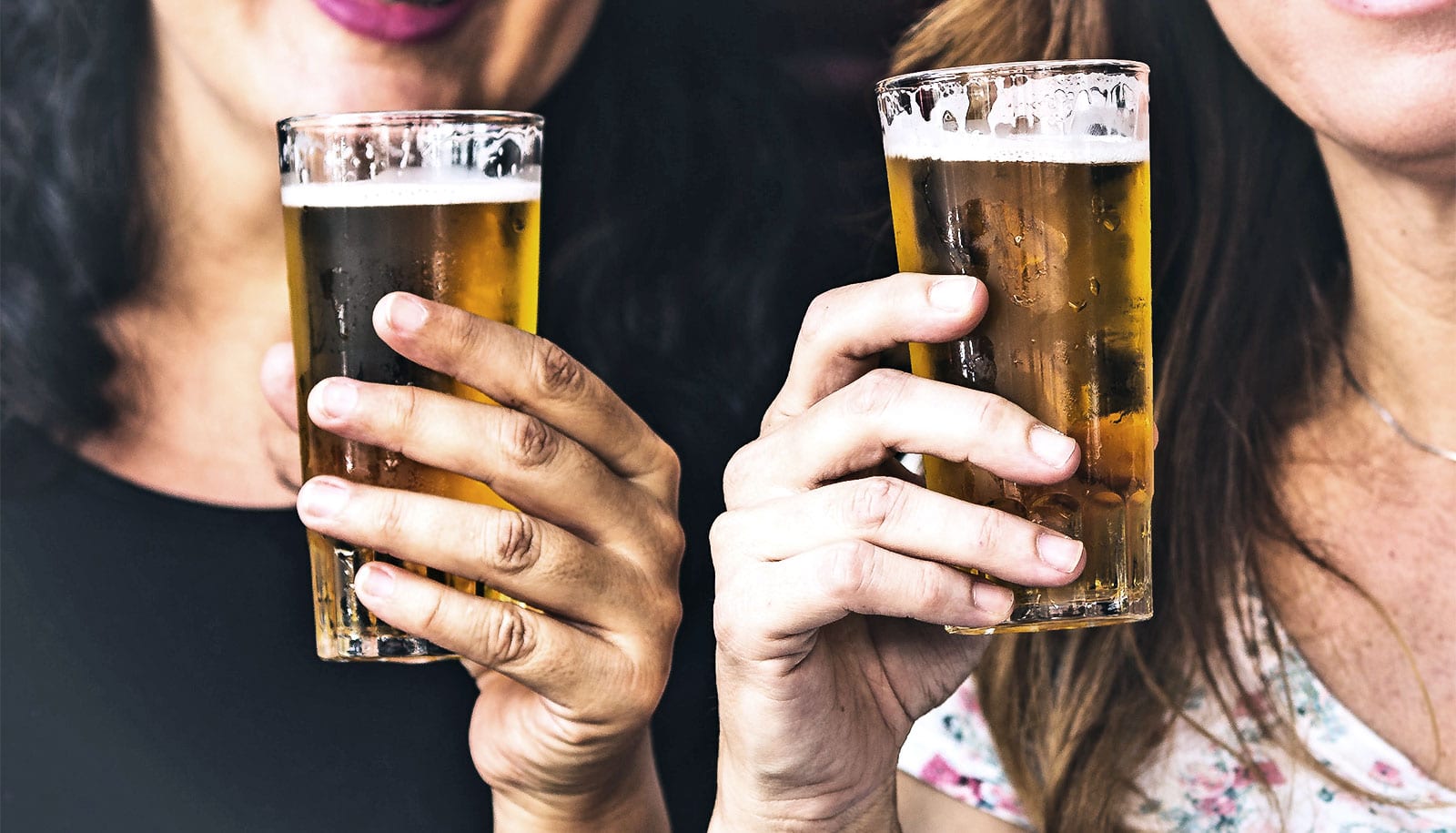Although most beer consumers can distinguish among different bitter tastes in beer, this doesn’t appear to influence which beer they like, according to a new study.
It seems they just like beer, regardless of the source of the bitterness, the researchers say.
The researchers conducted multiple studies with more than 150 self-identified beer drinkers to see if they could differentiate bitterants in beer. But the question of whether humans can discriminate between types of bitterness remains controversial, says John Hayes, associate professor of food science at Penn State.
“Given that countless craft breweries around the country have been very successful in selling a near-endless variety of India pale ales—better known as IPAs—we wanted to move past testing bitter chemicals in water to see if consumers could differentiate different bitters in a real food such as beer,” he says.
To determine beer drinkers’ ability to distinguish between bitter chemicals, study participants in blind taste tests were given commercially available nonalcoholic beer spiked with hop extract Isolone, quinine—the ingredient that makes tonic water bitter—and sucrose octaacetate, a food additive so bitter it has been used as a nail-biting and thumb-sucking deterrent.
Participants, about half men and half women, most in their 30s, took part in three experiments. In the first, researchers asked subjects to rate the amount of bitterness and other beer flavor attributes in samples using an intensity scale, to ensure the beer samples were equally bitter.
In the next experiment, beer consumers rated how samples differed from a reference on a seven-point scale. Then, to understand how each sample differed from others, participants checked attributes on a list of 13 descriptors to describe the samples.
In the final experiment, beer consumers tasted the beer samples, rated how much they liked each sample, and provided a forced-choice ranking for best-liked to worst-liked.
According to Hayes, who is director of the Sensory Evaluation Center in the College of Agricultural Sciences, most participants were able to discern differences in bitterness—even though the samples had been matched for bitterness intensity.
“But our results also show that, despite being able to differentiate between the different bitter chemicals, they were not able to verbally describe these differences, even when provided a list of attributes,” he says.
“Further, we found no consistent effect on liking or preference. The source of bitterness did not influence which beers they liked.”
In the sampled beers, researchers attempted to match the flavor profile of a pale ale style beer, in which high bitterness is not only accepted but desired by consumers, notes lead researcher Molly Higgins, who will receive her doctoral degree in food science this August.
Higgins explains that she recruited regular beer consumers because they are more likely to be aware of the various flavor profiles of beer and respond positively to the bitter qualities of samples during testing.
“What we found was unsurprising in hindsight—beer consumers simply like beer,” she says. “So, it seems that for consumers who drink IPAs, a beer just needs to have a bitter profile. For them, it’s about bitterness in general, not the specific bitter quality—if it’s there, they will like it.”
Higgins suggests that this finding may help in quality assurance at breweries. “Beer consumers may be more forgiving than previously believed when it comes to small variations across batches,” she says.
Higgins noted that some breweries use highly trained expert tasters to evaluate each batch. If these experts detect any off notes or flaws in the final product, they may throw out an entire batch. “When breweries can establish an acceptable range for sensory attributes for their final products, they can make better decisions about how much variation is tolerable,” she says.
However, there are many segments of beer consumers, Higgins adds, and within the craft beer market there is a unique subgroup of consumers who are devoted to their IPAs. Those beer drinkers, she explained, doubtlessly pick up on more of the finer bitter notes created by novel blends of hops. Those consumers patronize craft breweries and are willing to try many different beers.
The bitter beer tasting study, recently published in Nutrients, was part of a larger research project that Higgins conducted at Penn State for her dissertation. Because of its sensory complexity and wide acceptance by many consumers, she contends, beer is a good model food to explore the capacity of people to perceive bitter taste.
Higgins says when people ask her why she would do this kind of a study, she points out that it’s not about beer.
“The overall goal of my dissertation research was to learn more about bitterness and bitterness perception, and to better understand how individuals learn to like bitter products,” she says.
“We hope that understanding bitterness can guide further research that helps people incorporate healthy bitter foods into their diet. The overall goal is to look at more complex bitter foods, such as kale and broccoli, and figure out ways to increase their consumption and liking.”
The Agriculture and Food Research Initiative administered by the US Department of Agriculture’s National Institute of Food and Agriculture supported this work.
Source: Penn State



